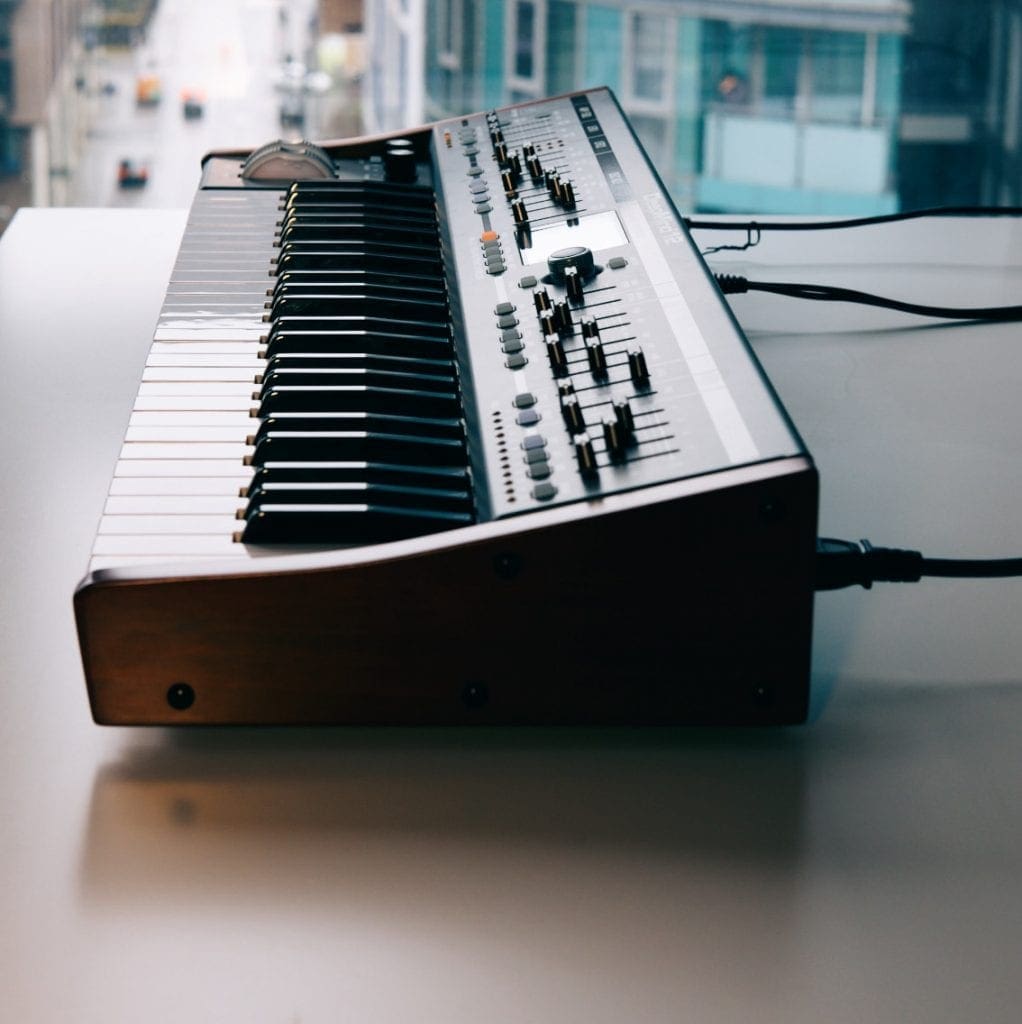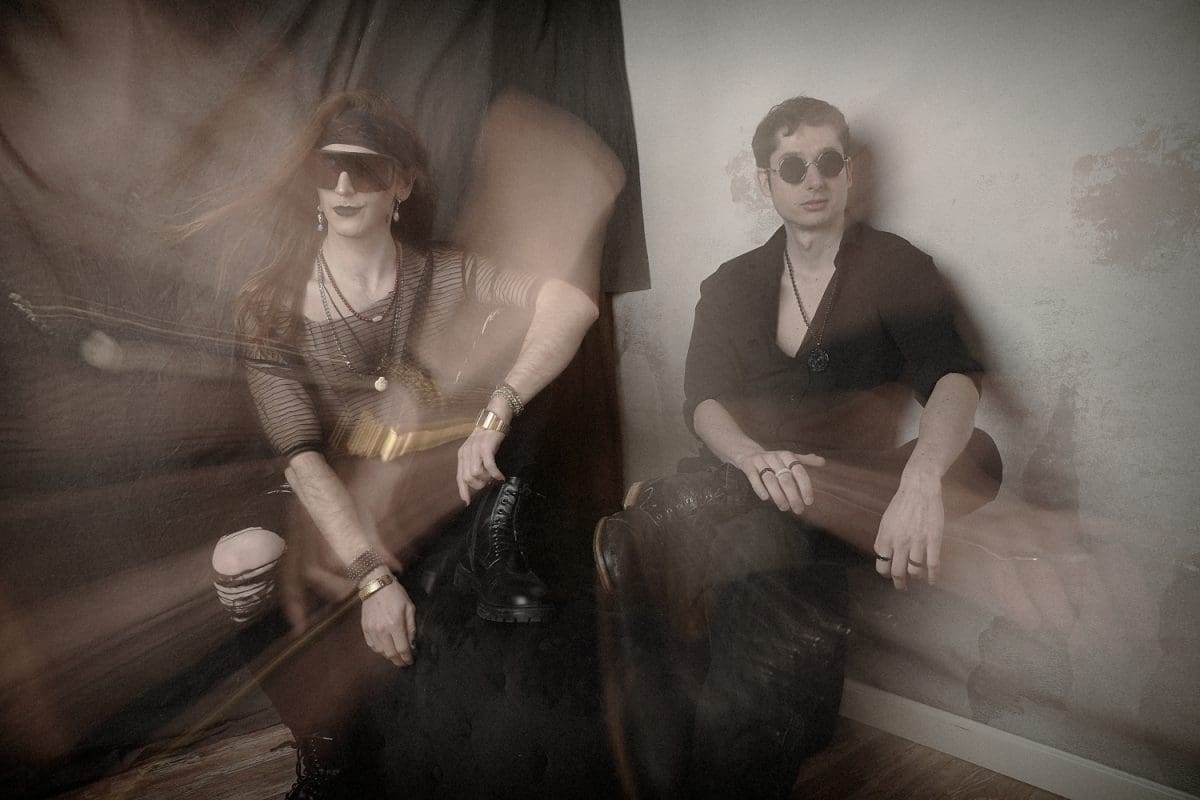Most Used Synthesizers In The Electronic Scene


In the modern music scene, the synthesizer is as ubiquitous and important as the Virgin casino promo code when hunting for great bonuses. The concept is pretty simple, with a basic circuit generating a tone which can be controlled using some input. This concept has been the backbone of countless instruments in the last century, informing the direction of modern music.
Here are the most commonly used synthesizers in the electronic music production scene:
1. Yamaha CS-80
Physically, the Yamaha CS-80 is a massive beast that weighs over 200lbs. This synthesizer boasts of a huge, garish front-panel with sliders, rocker buttons, and the best ribbon controller ever created. The CS-80 was unveiled in 1976, possessing pseudo-programmability in the form of a trapped door hiding a miniature front panel.
While the Yamaha CS-80 was largely unstable, those who were lucky enough to get a stable version got a device capable of unmatched expression. The CS-80 could also bend to your will and mood easily, also responding beautifully to the after touch. Additionally, the CS-80 would scream like a banshee and tap out delicate patterns such as rain falling on a stain glass window.
2. PPG Wave 2.2
Created from the vision of Wolfgang Palm, PPG came to life in a bid to eliminate the limitations of analog oscillators using short, digital waveforms packed in a linear wavetable. The technology reached its maturity with the invention of PPG Wave 2.2 in 1982. This big blue marvel incorporated a classic resonant low-pass filter with Palm’s stored wavetables and a couple of envelope generators.
With over three decades on the market, PPG’s legacy still exists to date. Today, there’s a virtual version for the PPG produced by German synth experts Waldorf – a company that has produced a great line of wavetable instruments.
3. Moog One
Being the first analog poly-synthesizer by Moog in the last 35 years, the Moog One is a dream come true for music experts. The synthesizer showcases the producer’s decades of research and innovation, coming in eight and sixteen voice versions. It has two unique analog filters that you can blend in interesting ways, with an analog mixer, three envelope generators, dual analog noise source, and four LFOs.
Though the price is eye-watering, your investment will give you a modern classic synthesizer that will remain useful for over three and a half decades. This synthesizer also offers a remarkable sound and evolving textures while allowing you to build classic sounds, starting with simple waveforms.
4. Korg Minilogue XD
Korg is one of the best producers of synthesizers in the market. They introduced the Minilogue a few years ago, followed by the bigger and grownup Prologue with a third digital oscillator a year later. Today, the Minilogue XD is one of the most used synthesizers from the manufacturer. This synthesizer takes all the awesome features from the original Minilogue and combines it with that third special oscillator.
5. Yamaha MODX
Bringing all the power from the original Montage synthesizer, the Yamaha MODX comes in a more controllable and accessible package. It comes with two brilliant synthesis engines combined to create a huge range of sounds, drawing from Frequency Modulation and Advanced Wave Memory. That means the Yamaha MODX is a solid modern synthesizer that offers a multi-channel function and a huge sound palette.
Since you’re here …
… we have a small favour to ask. More people are reading Side-Line Magazine than ever but advertising revenues across the media are falling fast. Unlike many news organisations, we haven’t put up a paywall – we want to keep our journalism as open as we can - and we refuse to add annoying advertising. So you can see why we need to ask for your help.
Side-Line’s independent journalism takes a lot of time, money and hard work to produce. But we do it because we want to push the artists we like and who are equally fighting to survive.
If everyone who reads our reporting, who likes it, helps fund it, our future would be much more secure. For as little as 5 US$, you can support Side-Line Magazine – and it only takes a minute. Thank you.
The donations are safely powered by Paypal.












